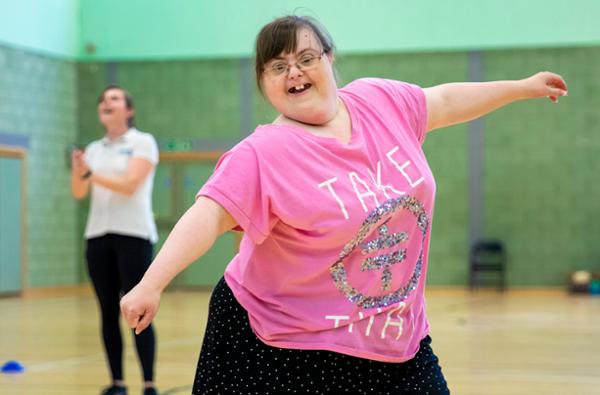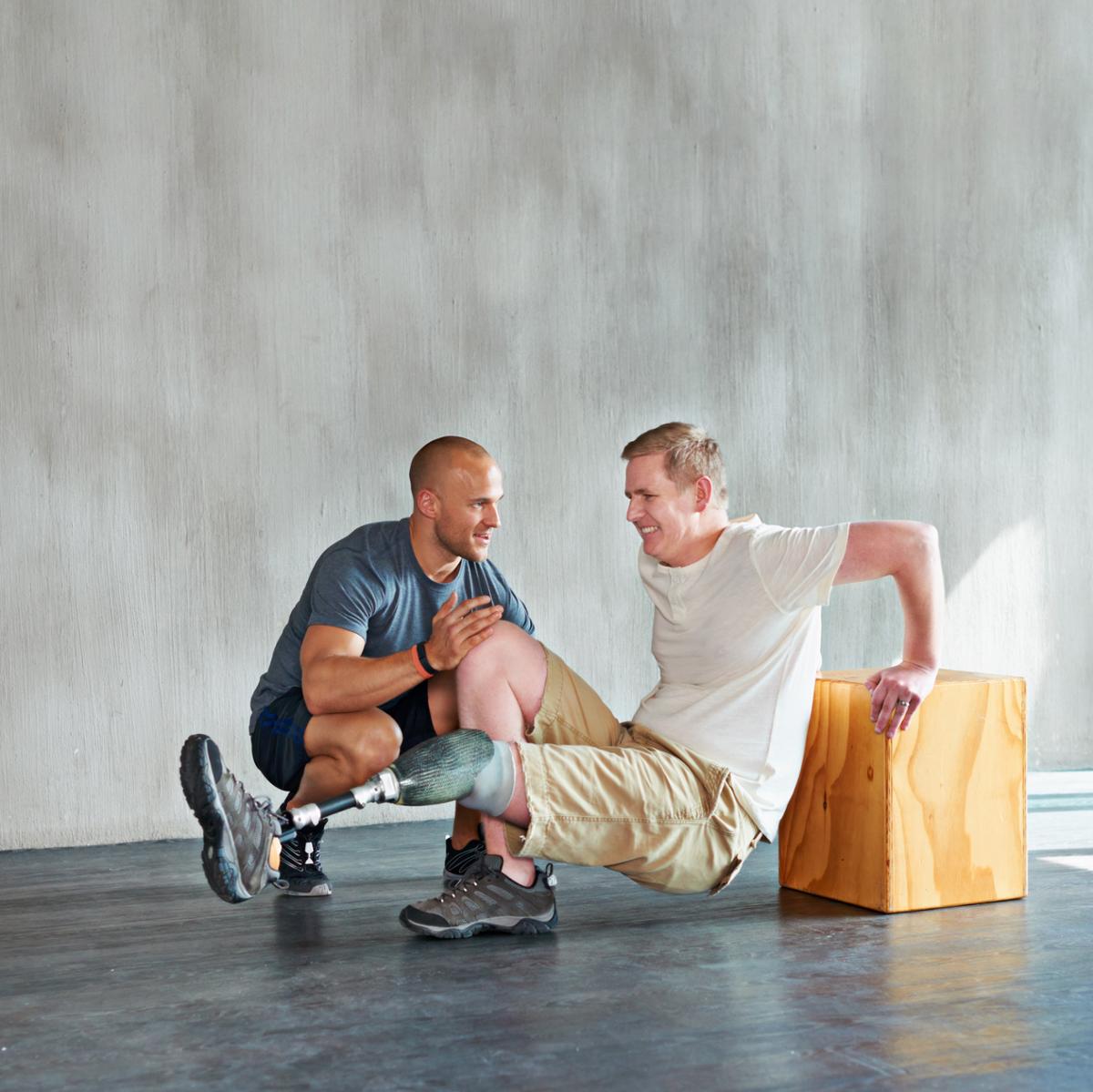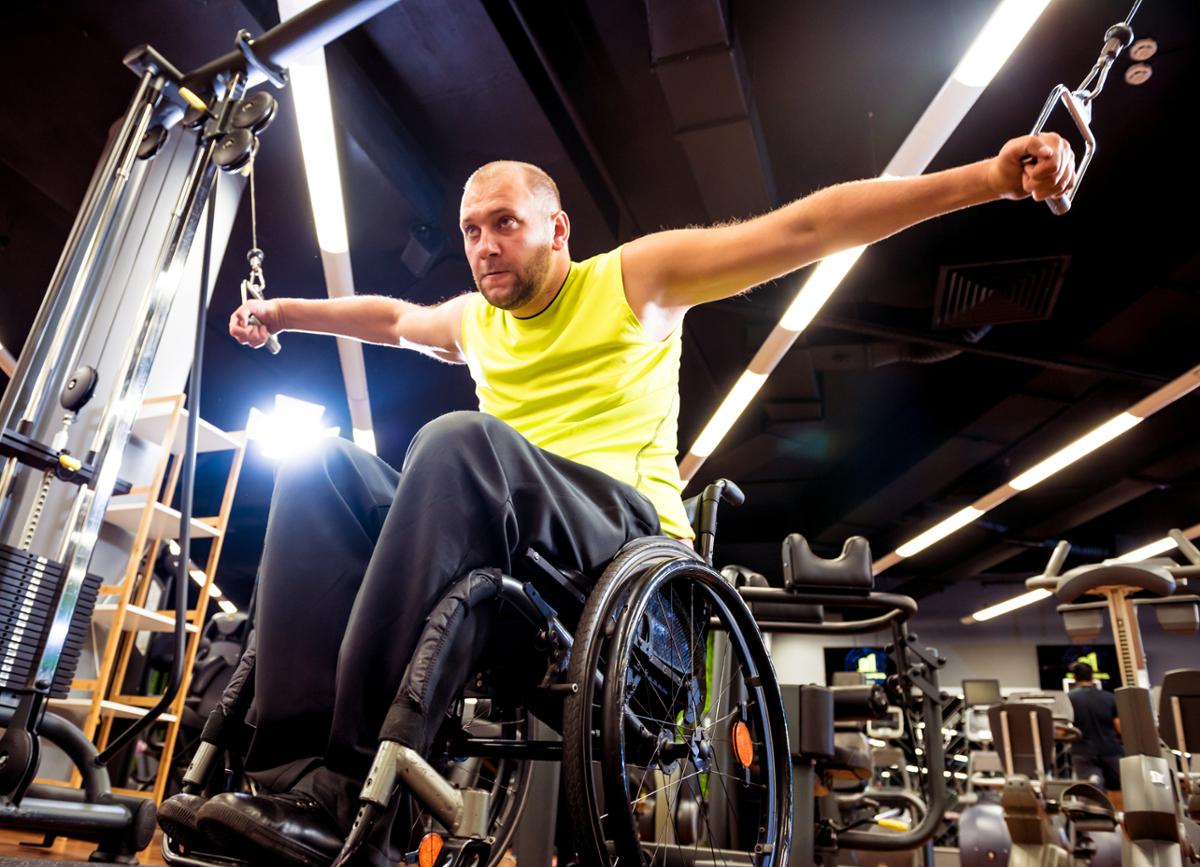Although physical activity can play an important role in addressing health inequalities and supporting physical and mental wellbeing, the messaging we’re currently using might be limiting us from harnessing our industry’s full potential to connect with a broader range of people, particularly those with disabilities or health conditions.
Research has shown that inclusive communication is vital to reducing inequalities around participation levels and according to Activity Alliance insight, psychological barriers are the most significant factor preventing disabled people from being active.
When language is negative – or could be construed as such - it can act as a barrier, especially if it misrepresents disabled people and their lives. As well as being disempowering, negative language can create stigma. This can also apply to people living with a health condition who may not necessarily identify as living with a disability.
Mind your language
As our industry fosters a closer working relationship with the health service, we need to be mindful about the language we use. Language and labels can unintentionally lead people to feel a sense of isolation. For example, naming a programme a “mental health sports group” may prevent people from exploring mainstream activities that aren’t flagged as being as being for a specific population. As fitness professionals, an important question we should ask ourselves is: “is everyone able to identify with the language we’re using?”
Language and labels can also reinforce assumptions and predetermine the type of experience a person is going to have. There are numerous examples of language which suggests being ‘done to’, as well as the removal of choice and implications of inferiority. It’s important to acknowledge that significant numbers of people have had negative experiences of physical activity, so it’s crucial to use language that acknowledges and celebrates differences and demonstrates the positive outcomes that can be gained from increasing activity levels.
Positive descriptions
Words associated with physical activity, often imply that something is to be strived for: ‘weight loss’ or ‘muscle gain’, for example. Or presented as something you work hard at – ‘go for the burn’ and even the term ‘workout’. Many find these terms alienating, while positive words such as belonging, fun, energising and confidence can resonate.
Beware of using ableist language: “sit less, move more” could be replaced with inclusive language such as “be active, your way.”
It’s also important to acknowledge physical activity is not appropriate for everyone. Mental Health charity, Mind, says exercise can aggravate some mental health conditions: in some people it can trigger anxiety, lead to overtraining or be weaponised as part of an eating disorder or obsessive-compulsive disorder. For this reason, using phrases such as ‘exercise is the best medicine’ are not appropriate.
Going forward, we need to adapt our use of language and communication to ensure we’re demonstrating the full power sport and physical activity can have to change lives and be relevant to everyone, whatever their ability. We can’t adopt language from a medical model and then expect people to develop long-term physical activity habits away from a clinical setting.
We need to choose language which supports people in developing positive associations with physical activity and which demonstrates that opportunities exist outside of labels, diagnoses, short-term projects, programmes and self-punishment.

























































